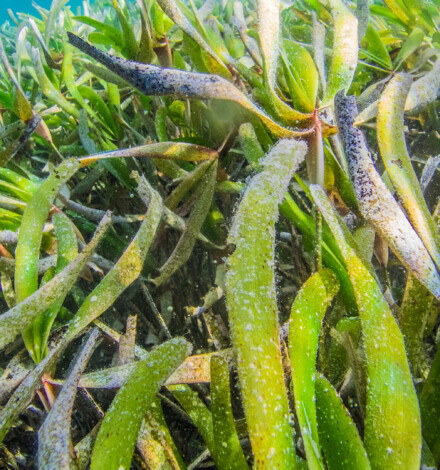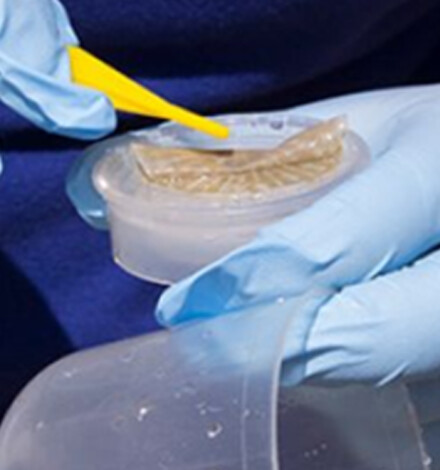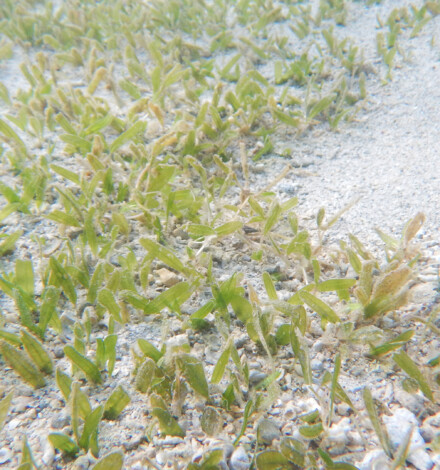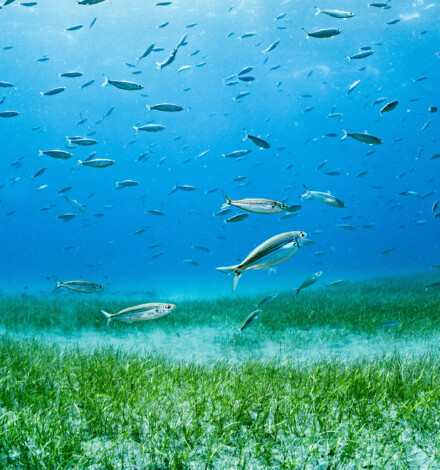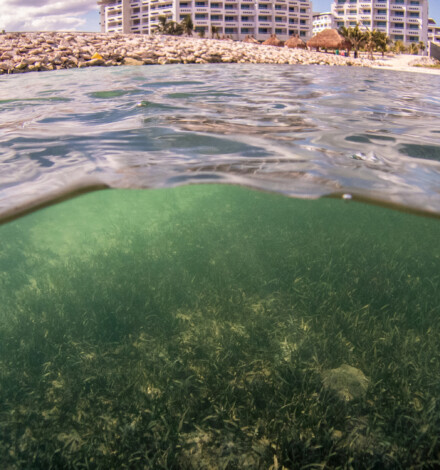Professor Johan Hollander, a marine biologist at the World Maritime University | Sasakawa Global Ocean Institute in Malmö, Sweden is the co-PI with Reef Conservation but manages several other research projects in the Indian Ocean and Sweden and shares some insightful information about seagrass.…
